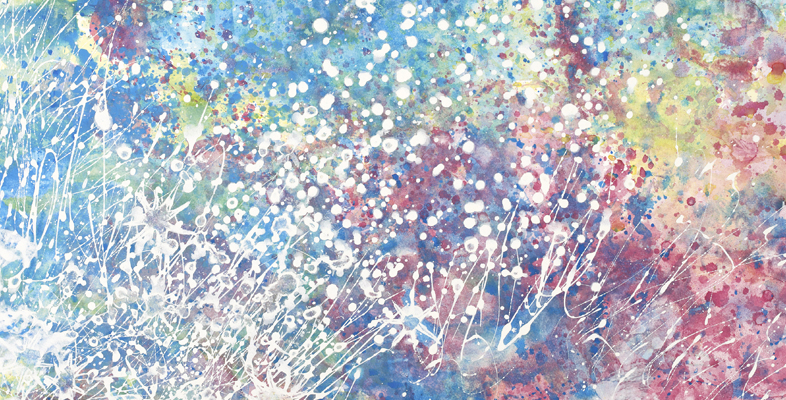Glossary
Bangladesh is a business asset for entrepreneurs with disabilities"Bangladesh is a developing country. Separate measures need to be taken for the backward communities, especially the disabled. In the present age, people with disabilities should be given job opportunities through training in the field of information and communication technology. So that Bangladesh can move from developing to advanced and go one step further. People with disabilities have more opportunities to start their own businesses than ever before. Those working with the deaf, blind, paralyzed, or with intellectual disabilities can contact government programs, support nonprofit organizations, organize scholarship and grant bases, and more. These programs increase the chances of success, and give people with disabilities a plan and start their needs. Business planning is the most important element for an enterprise trying to start, whether disabled or not. This plan outlines specific information about potential business, including purpose, cost, demographics, marketing plan, and risk. Not only sound education but his alertness and dedication too are most required. |
BAPSee broader autism
phenotype. |
Behaviour modificationThe application of
principles of learning and conditioning to influence or improve a person's
behaviour, by eradicating “maladaptive behaviours” and promoting the learning
of new ones through reinforcement of behaviour. Based on the work of B.F.
Skinner, and pioneered in the autism field by Ivar Lovaas. |
Biological explanationThis suggests that the causes of a condition are rooted in a person’s biological make-up, that is, their genes and the structure and function of the brain and other components of the nervous system. |
BlindingIn experiments and observational
studies, this refers to the procedure in which the researcher evaluating the behaviour
does not know which participants are in the experimental group and which are in
the control group. |
Body languageThe means by which information about thoughts, feelings or attitudes is communicated non-verbally, either consciously or non-consciously. Includes facial expressions, gesture and posture, as well as the use of space. |
brainsilly |
Brain imagingA number of techniques that generate
computerised images of the living brain, used to investigate structural and
functional characteristics. Includes MRI and fMRI. |
Broader Autism Phenotype (BAP)Milder manifestations of traits characteristic for autism in relatives of people with autism. |
